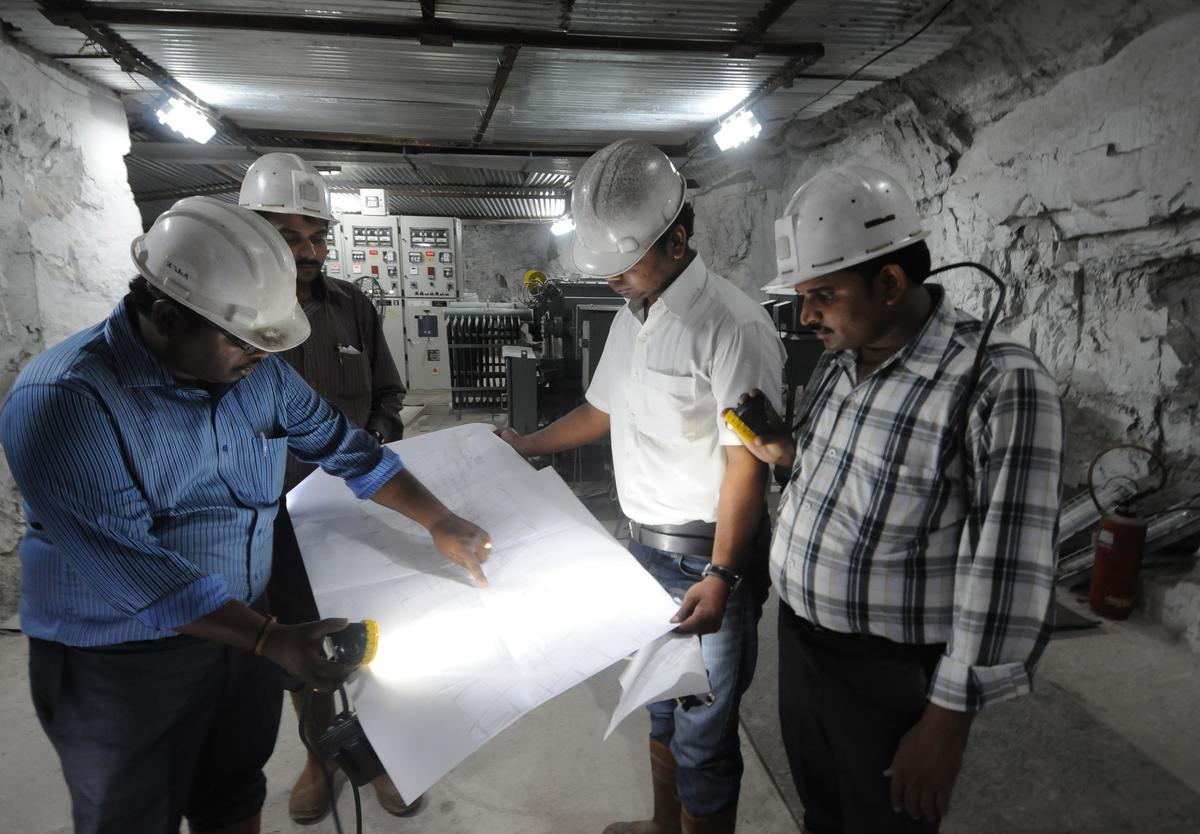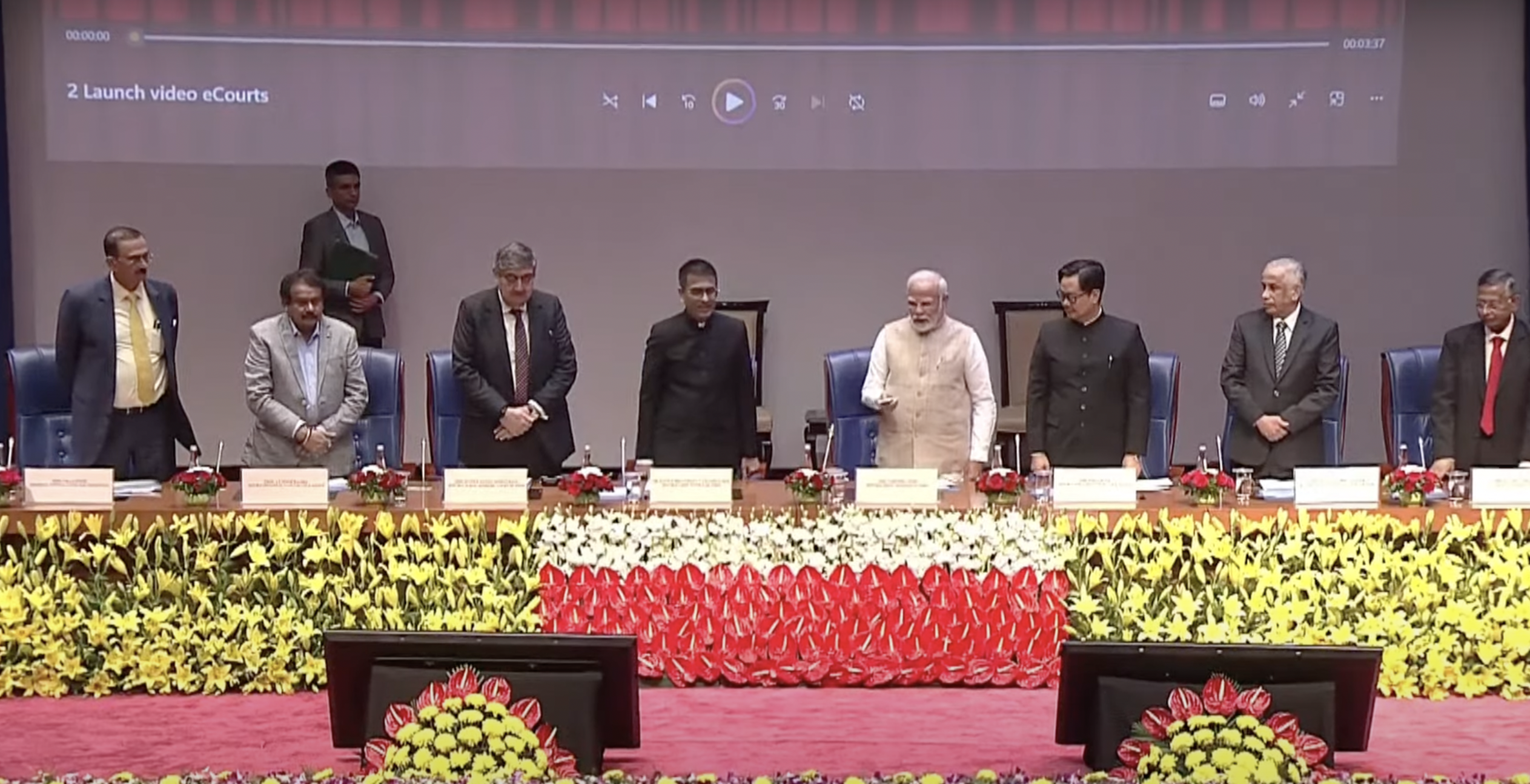When the world population reached eight billion people recently, multiple news stories highlighted how India contributed the most to the most recent billion people and is expected to overtake China as the most populated country by 2023. However, the true threat of depopulation that some areas of India also face, and the nation’s total lack of preparedness to cope with it, are absent from this discussion.
India’s Population trend
- India currently has a total population of 1.37 billion people, or 17.5% of the world’s population.
- India’s total fertility rate (TFR) decreased from 3.4 to 2.2 between 1992 and 2015, a 35% decrease.
- In 2021, youth (15-29 years of age) will make up 27.2% of the population. India thus entered the Demographic Dividend stage as a result.
- From 6.8% in 1991 to 9.2% in 2016, the proportion of the elderly population has been rising.
Depopultion
- A drop in the size of the human population is referred to as depopulation decline (also known as population decline, underpopulation, or population collapse).
- The total human population on Earth has increased over a lengthy period, from prehistory to the present; however, current forecasts indicate that this long-term trend of continuous population expansion may be coming to an end.
The missing links
- Declining reproductive rate and talking about reversal In nations like Japan, South Korea, and Europe that are witnessing declining fertility and are getting close to the inflection point of population losses, demographers, policy experts, and politicians are starting to discuss what the future holds and whether reversal is feasible.
- Speaking about an equitable childcare system that enables women to have families and successful careers, as well as lowering immigration restrictions to allow working-age people from nations not yet experiencing population decline, are some of the crucial topics that are missing from the conversation.
Fertility: India
- Falling fertility rate: It is now widely accepted that India’s fertility is declining as expected as a direct effect of increased earnings and improved access for women to health care and education. India’s overall fertility rate is currently lower than the fertility replacement rate.
- Numerous states are on the cusp of experiencing real population declines because parts of India have not only reached replacement fertility but have also consistently been below it. Kerala, where replacement fertility was attained in 1998, and Tamil Nadu, where it was attained in 2000, are two examples.
- Population of working age declining: Over the next four years, the working-age populations of Tamil Nadu and Kerala will both experience the first absolute reductions in their histories. For the foreseeable future, these States’ overall population will expand due to declining mortality (barring a pandemic), which implies fewer people of working age will be required to care for more elderly people than ever before.
Replacement Level Fertility (RLF)
- The fertility rate at which a population precisely replaces itself from one generation to the next is known as replacement level fertility.
- In plainer terms, it refers to the fertility rate necessary to keep a country’s population constant over a certain amount of time.
- In affluent nations, replacement level fertility is assumed to require 2.1 children on average per woman.
- However, in nations with high rates of infant and child mortality, the average birthrate may need to be significantly higher.
- Only in the case of constant mortality rates and no impact from migration can RLF result in negative population growth.
Challenges
- Unnoticeable trend brought on by the influx of migrants: Working-age population access is significantly different from that in other low-fertility states. For instance, Delhi and Karnataka, both of which are net migrant recipients, won’t experience population drop anytime soon.
- The risk of a skewed sex ratio still exists: Those with at least one male are less likely to want more children than families with just one daughter, according to the most recent NFHS round.
- Education disparity: Workers from the southern States won’t be easily substituted due to the huge inequalities between the northern and southern States in terms of basic literacy and enrollment in higher education, notably in technical disciplines.
Conclusion
The discussion in India has been stagnant because to decades of attention on reducing fertility. The southern States should abandon this antiquated, fact-free discourse and participate in the global discussion on depopulation. In order to meet its existing labour demands, India cannot overlook the depopulation in the name of migration.










